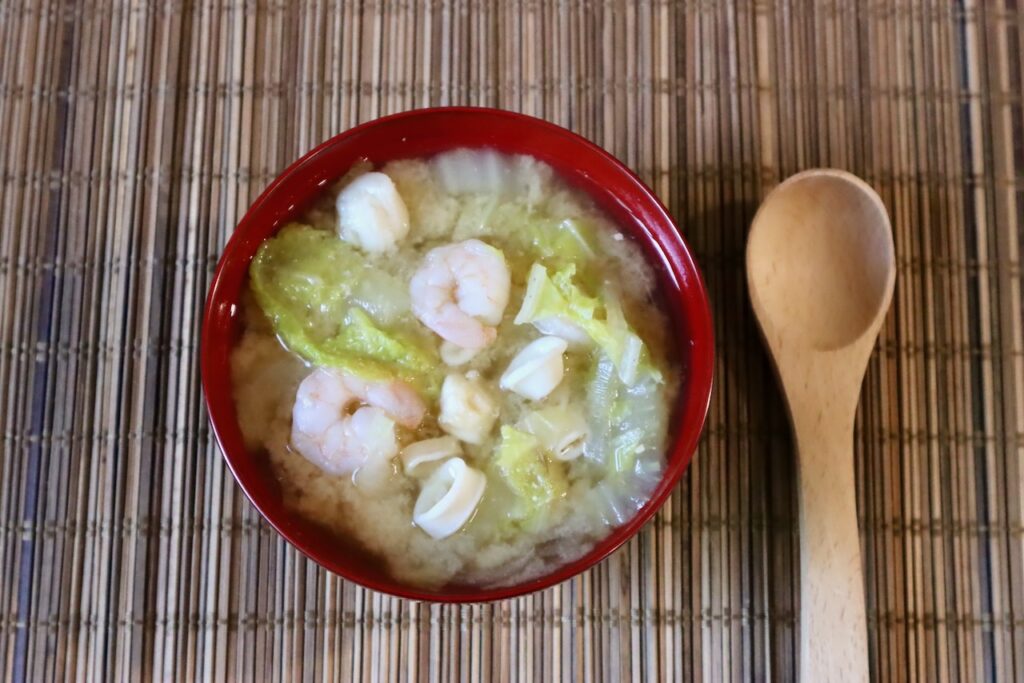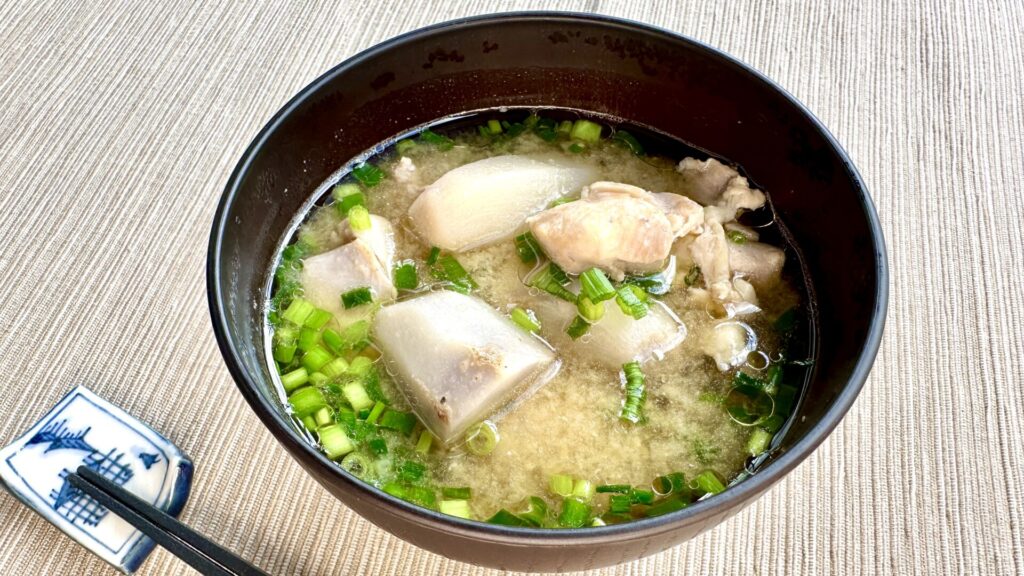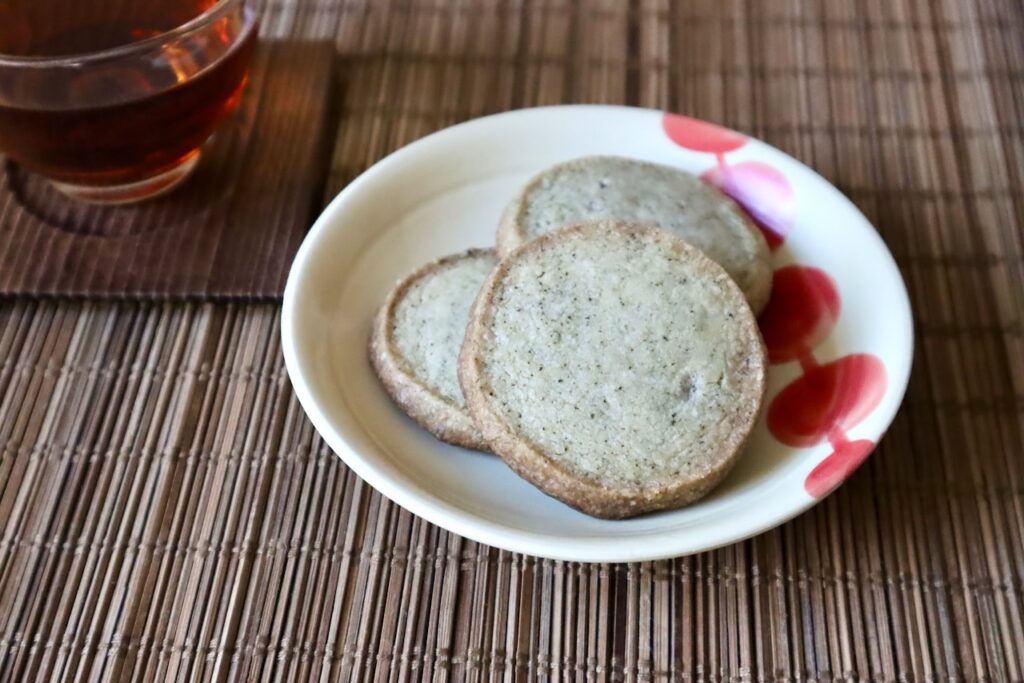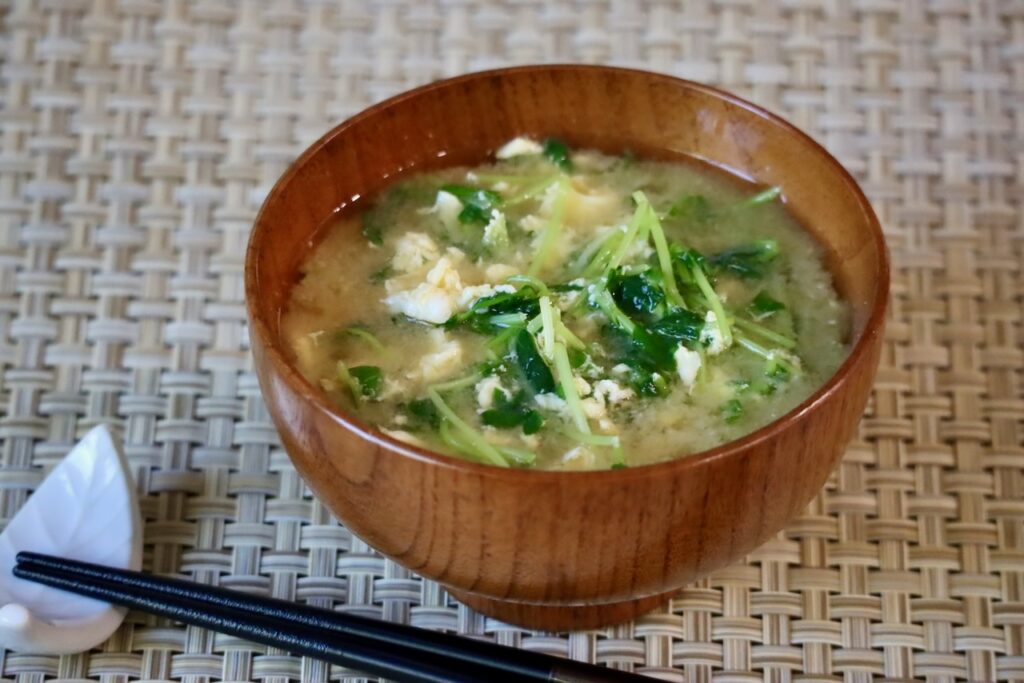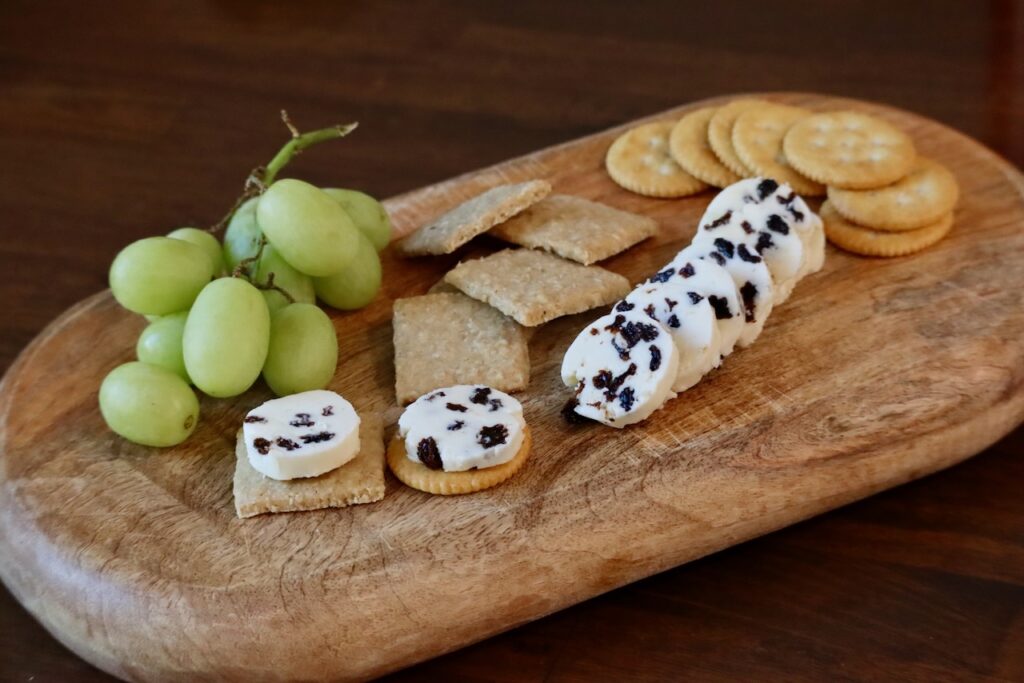Fried Chicken is foreign but an immensely popular food in Japan, and it owes that to the American fast-food giant, Kentucky Fried Chicken (KFC). Fried chicken is different from the Japanese version Karaage for its thick and crispy outer layer. Fried chicken becomes highly in demand in Japan as the Christmas season approaches, leading to long queues forming at restaurants. This unique phenomenon is deeply rooted in the cultural aspects of Christmas celebrations in Japan.
Natto (納豆) is a traditional Japanese food that is made from fermented soy beans. It is packed with nutrients such as vitamins, proteins, and minerals. While there are so many health benefits, Natto is probably among the least favored Japanese foods by non-Japanese people. The texture is slimy, and there is a distinct smell that you may not used to. However, with the right seasonings and flavorful toppings, it becomes so much easier to eat even if you are not familiar with the flavor.
Natto Pasta is a simple dish that is made with spaghetti and Natto. Sticky and slimy texture of the Natto seasoned with soy sauce and olive oil becomes like a thick sauce. Poached egg adds the creaminess, and flavorful toppings such as chopped green onions, shiso leaves, and nori seaweed adds the freshness and texture to the dish. If you can find a package of Natto at a Japanese market in your area, don’t hesitate to get it and try this Natto pasta!
Today’s miso soup is made with frozen seafood mix. Frozen seafood mix are widely available at supermarkets, and they typically include frozen shrimp, squid, and scallop. They are handy to keep in the freezer as we can add to various soup and stir-fried dishes. In this recipe, we also added onion and napa cabbage, but you can use any vegetables you have at home. Hearty and flavorful soup is ready in 15 minutes!
Christmas Cake is a round layered cake, usually a sponge cake, filled with fruits, and frosted with whipped cream. The fluffy sweet cake is loved by all generations in Japan, and it has become an annual custom for the last several decades. Christmas cakes are seen everywhere in Japan during the season, such as at cake shops, supermarkets, and convenience stores. It plays a significant role in Japanese cuisine today, even though it’s not a traditional Japanese sweet.
Rice Bowl with Egg and Silky Sauce (Tamago Ankake, 卵あんかけ丼)is a dish where a thickened, savory starchy sauce with egg is poured over rice. This mildly flavored, simple rice bowl dish is perfect for any time of day, but especially convenient during crunch time. It takes no more than 15 minutes from start to finish. If you prefer a hot meal for breakfast even when busy, instead of cold cereal, the Rice Bowl with Egg and Silky Sauce is an excellent choice. Also, the smooth sauce and rice are gentle on the stomach, making it suitable even when under the weather. It’s incredibly easy to make and wonderfully warm and delicious. I hope you give it a try!
Today’s miso soup features Satoimo, Japanese taro, and chicken. Soft and fluffy, or sometimes sticky, taro is a satisfyingly filling ingredient for miso soup. You may find it a little troublesome to peel taro since it may cause your skin to itch sometimes. Feel free to use gloves if you prefer. Along with the taro, we’ve added chicken thigh pieces; they complement each other very well. However, you can substitute chicken breast or chicken tender if you prefer a healthier option. While chicken thigh adds a rich flavor to the soup, lean chicken will also contribute pleasant umami. If you come across taro, give this miso soup a try. You’re sure to enjoy it!
The Spicy Tuna Roll is a type of Sushi Roll (Makizushi or Makimono) that features sashimi-grade raw tuna seasoned with a spicy sauce and other seasonings. It is then rolled up with Sushi Rice and Nori (roasted seaweed). This roll represents a fusion creation that combines traditional Japanese sushi elements with American preferences for bold flavors, including spiciness. It is an American-born sushi roll, and nearly all Japanese restaurants in the U.S. offer the dish. The Spicy Tuna Roll has become so popular that it is deeply rooted in American food culture today and can be found not only in Japanese restaurants but also in many local supermarkets.
Hojicha is a roasted green tea that has been popular as an everyday tea in Japan. Although it’s a green tea, the color of leaves and brewed tea are orange/brown. Hojicha has a distinct sweet and nutty aroma, and it tastes mild and smooth. With less caffeine content than a regular green tea, it’s a wonderful tea to drink any time of the day.
Even though hojicha sweets are not as well known as matcha desserts, we started to see more hojicha infused baked goods lately. Here we made Hojicha Shortbread Cookies (ほうじ茶ショートブレッドクッキー) with just 4-ingredients. The flavor is similar to early grey tea cookies, but the fragrance of roasted green tea comes through, and it tastes really nice. You can make the cookie dough ahead of time and keep it in the freezer if you like. It’s perfect for sharing, or you can bake a dozen now and another dozen later. If you like our Matcha Cookies, you should give this a try!
Today’s miso soup is made with pea sprouts and eggs. Pea sprouts (豆苗) are often used for stir fried dishes in Asian cooking, but they are also great in soup. This healthy and nutritious soup takes little time to prepare, and it’s perfect for breakfast.
Instant dashi packet is used in this recipe, but you can certainly use any types of dashi. Please check Back to Basics: How to Make Dashi to learn more about different types of dashi.
Raisin Butter is a nostalgic appetizer in Japan during the 1970s and 1980s. It’s a simple mixture of butter and raisins shaped into a log, which is then cut into thin rounds. The raisins add sweetness and a chewy texture to the butter, creating a flavorful and slightly fruity appetizer. The slices of raisin butter were enjoyed either by itself or with crackers, often paired with alcoholic drinks, particularly whisky and brandy. Placing sliced portions of raisin butter on top of crushed ice used to be the popular style, and it was often served almost exclusively for adults due to its strong association with alcoholic drinks.


